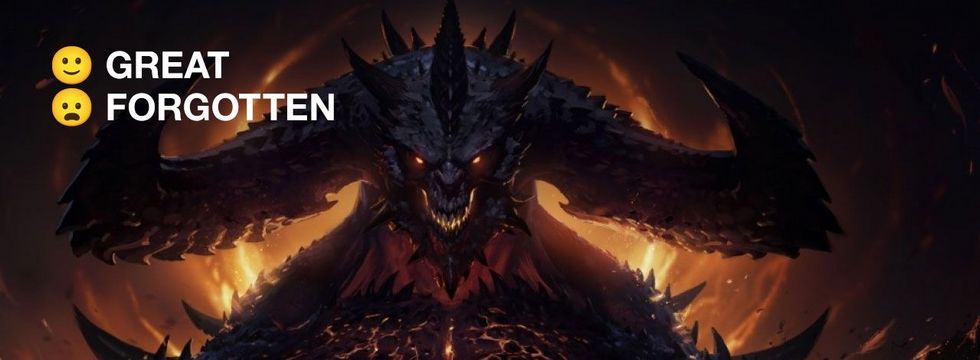Painter, plasterer, necromancer. Rediscovering best, lost hack'n'slash mechanics
Table of Contents

Not wanting to abandon the Dawn of Magic that has been called to the board yet, I will use its example when considering the need for creativity in the area of character creation, and usually, let's not kid ourselves, the selection from predefined, ready-made individuals with which game developers treat us constantly. Maybe not a precious stone, but a trinket, a zircon in the slush mentioned earlier, is in this case the possibility of choosing a slightly different class and deviating from the ever present warrior, mage, and rogue. As for DoM, these are a bizarre gypsy, a clumsy scholar, a baker's wife, and finally a fat monk. The menagerie is as unusual as it is unfortunately devoid of depth and is only a curiosity in the context of further development in the game, but eventually worth noting. Torchlight 3 fared much better in this regard , giving the opportunity to play as a railwayman or a cursed captain , while their later development (skills, equipment) reflects the actual nature of these classes.
Surprisingly few hack'n'slashes allow you to choose the race of the protagonist. Too bad. It would be nice to see, for example, a separate tree for an elf warrior or dwarf mage and synergies from race-class combinations. In this area, it is worth to note two titles: Silverfall and Dungeon Siege 2 , which left this option to the player during character creation. Not that it was a choice of great importance, nevertheless - at least in terms of the plot - it enriches the game.
Since the word "plot" has already been mentioned, let's dwell on it for a moment. A short moment, commensurate with the importance that h'n's game developers attribute to this aspect of gameplay. As for the plots themselves - with all due respect - there is not much material for consideration and reason to lean on them more than a nod (maybe apart from the Diablo series, especially the second part, which makes up for it with lore and atmosphere). Some gameplay solutions prepared to go in line with the plot can be taken under the microscope.
Loki - a mediocre game at best, overblown in terms of marketing, announced as four different games, because each character was supposed to experience a different story. It turned out to be nonsense, and the choice of class was only conditioned by the starting location, which we visited throughout the game as each of the selected characters anyway. The second monster invented by Cyanide Studio was the finale of the plot, available only after beating the game on the highest difficulty level. I barely made it through "normal" with my nose on the space bar, falling asleep from exhaustion, so I learned the finale of Loki's story on YouTube without much disappointment.
Much better, although the idea is breakneck, Loki's ideas were implemented years ago by Nox , in which - in fact - by choosing one of the three character classes, we received three different starting locations and three different story paths . The most interesting solution, although having zero foundation in logic, is the reputation system in Grim Dawn and the access to side quests related to it. By filling the reputation bar for a given faction, we get the opportunity to learn more stories - usually increasingly interesting, more demanding and enabling us to unlock new content. To do this, it is not enough to complete the game once. Continuing on higher difficulty levels allows you to fill the reputation bar and access content that is beyond your reach while playing on "normal" difficulty. It's worth it, I confirm.

